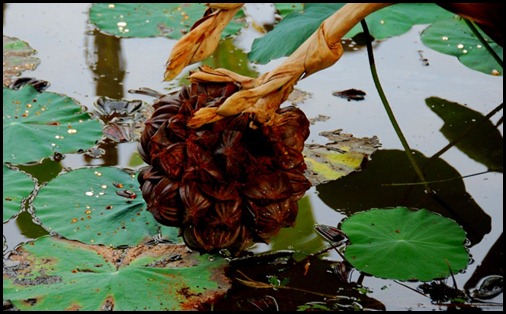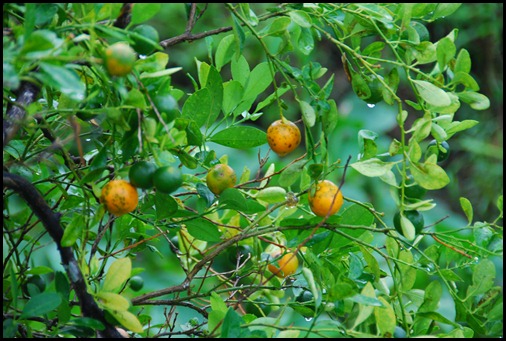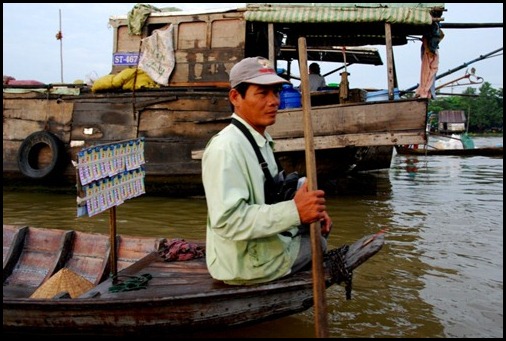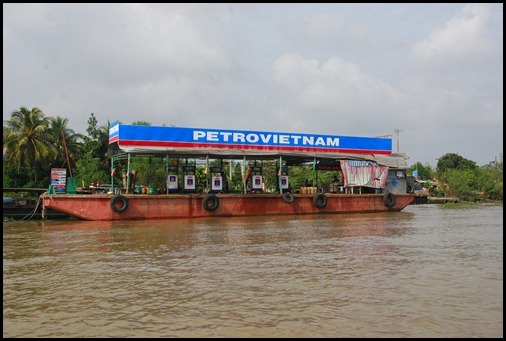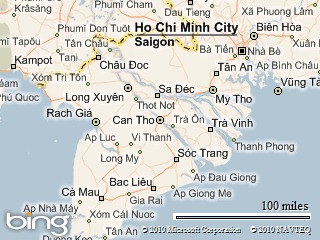
I am fortunate enough to get paid to travel to all kinds of exotic locations around the world. I get to spend time in destinations adventurous travellers only dream about and places that conservative travellers would never dare to go. It is a rare event when I arrive at a new destination and I am immediately taken by it, a rare event indeed. But almost immediately upon departing the harbour in Coron Town on Busuanga Island by local double outrigger “banca” I realised this was truly an amazing place.
 Blue Lagoon, Coron Island
Blue Lagoon, Coron IslandPalawan is the island province in the south west of the Philippines between the South China and Sulu seas, reaching down to be just off the northern coast of the Malaysian Borneo state of Sabah. I had long heard from my Filipino friends and colleagues that Palawan was the great mainly-undiscovered destination in the Philippines. With a bit of further investigation I soon narrowed down the Calamian Islands in the north of Palawan as worthy of a personal visit to check out if what I heard about this place was true.
One of the first things I learnt in the short boat ride from Coron Town on Busuanga across to Coron Island itself, was that the local indigenous people had won control of the area and their affairs in a landmark Filipino court decision. Known as a Certificate of Ancestral Domain Claim (CADC), this ruling gives control of over 22,000 hectares of land and sea to the indigenous Tagbanua people, the very land and sea that has sustained the people here for centuries.
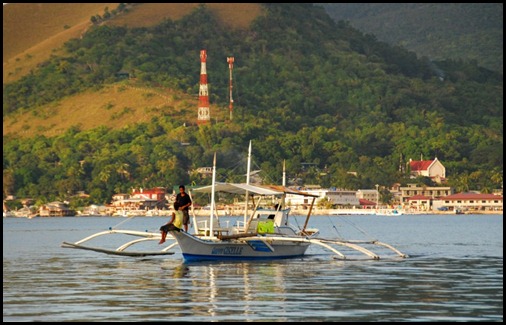 Leaving Coron Town on Busuanga, heading to Coron Island, showing a typical double outrigger “banca” found throughout the region
Leaving Coron Town on Busuanga, heading to Coron Island, showing a typical double outrigger “banca” found throughout the regionThe Tagbanua people trace their early historical connections back to the first sultan of Brunei, in fact most of Palawan was under the control of the Sultanate until the later parts of 17th century. They are believed to be some of the first inhabitants of the Philippines with various traces dating back between 20,000 and 40,000 years discovered around the area. The “tribe” is divided into two main categories, the Central Tagbanua from the main Palawan Island and the Calamian Tagbanua of Coron, Busuanga and other areas in the north of the province. Custom and language differ between the two groups but their heritage is the same.
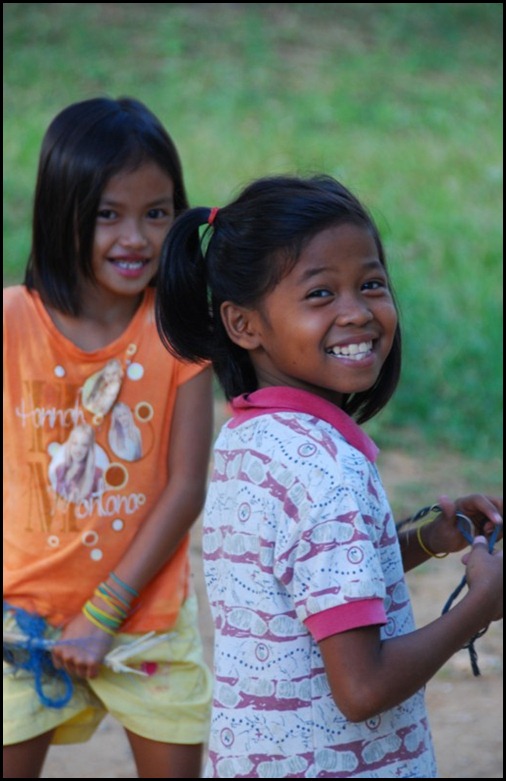 Tagbanua kids at Lajala Village
Tagbanua kids at Lajala Village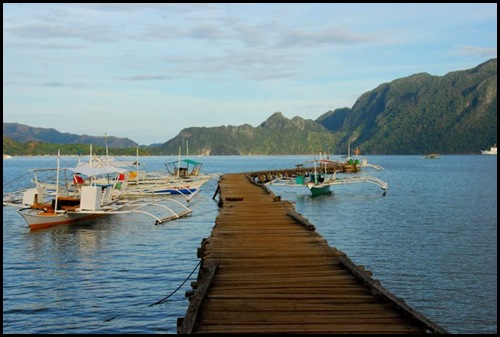 the Jetty at Lajala Village, one of the Tagbanua villages that does allow visitors
the Jetty at Lajala Village, one of the Tagbanua villages that does allow visitorsThe boat and crew I had hired for the day were part of a cooperative from nearby Lajala village. As part of the Ancestral Domain ruling the local people manage very carefully, the development of tourism in the area and many of them are employed as boatmen, guides and rangers at the various popular sites. Around two thirds of Coron Island is closed off to outsiders, with the main village of the Calamian Tagbanua is included in the no-go area. This is done to both protect the culture of the people living there and to protect the environment they use to sustain themselves. Formal history of the Tagbanua tribe began in 1521 when Magellan's ships docked in Palawan for provisions. Antonio Pigafetta, Magellan's chronicler, recorded that the Tagbanua practiced the ritual of blood compact, cultivated their fields, hunted with blowpipes and thick wooden arrows, valued brass rings and chains, bells, knives, and copper wire for binding fish hooks, raised large and very tame cocks which they pitted against one another and laid bets on, and distilled rice wine.
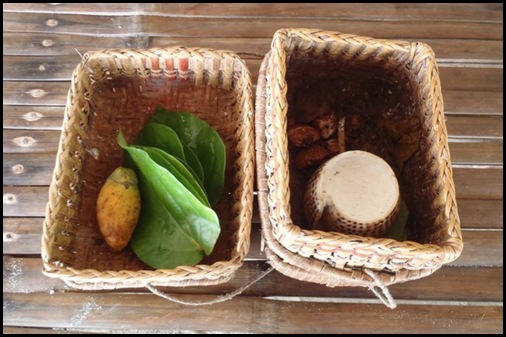 Like many other of the Austronesian peoples in the region, the Tagbanua traditionally use betel nut as a stimulant. Note the lime pot made from a cone shell and the betel leaf (piper betel).
Like many other of the Austronesian peoples in the region, the Tagbanua traditionally use betel nut as a stimulant. Note the lime pot made from a cone shell and the betel leaf (piper betel).The limestone structure of the Calamian Islands allows for numerous caves in the otherwise vertical cliffs that make up the coastlines. The caves have been used for centuries to obtain Bird’s Nest, the special ingredient in Bird’s Nest Soup. The collection of Birds Nest is quite an intricate process, involving climbing razor sharp limestone cliffs, bare foot, entering deep and rugged cave systems and retrieving the Bird’s Nest back to your floating base below. Temporary camps are set up on the side of the cliffs below the cave which is being harvested. One of the reason so much of Coron Island is closed off to outsiders is so as to not disturb the patterns of the birds returning to the caves for nesting each day.
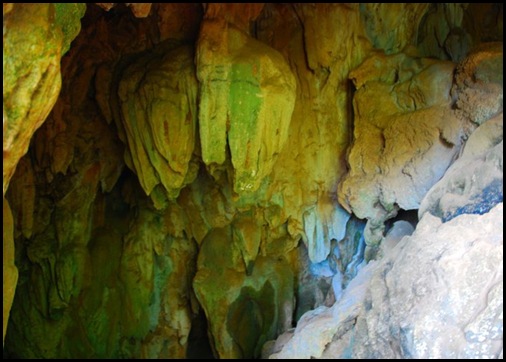 Typical Limestone Cave on Coron Island, usually home to the swiftlets that produce the edible bird’s nests.
Typical Limestone Cave on Coron Island, usually home to the swiftlets that produce the edible bird’s nests.Coron Island Cruising, Palawan
For visitors to Coron, the natural beauty and attractions, all within a short distance of Coron Town seem almost endless. Beaches, reefs, hot springs, caves, Japanese wrecks from World War II, villages, the list seems almost endless. The local village co-ops have dozens of boats available for hire and professional guides are available as well. Several international standard dive shops are operating in the area as well.
Within minutes from Coron Town, taking a local boat, these are just a few of the attractions waiting;
| Blue Lagoon | Stunningly beautiful lake |
| Maquinit Springs | Natural salt water hot springs |
| WWII Wrecks | Dozens of them! World class SCUBA diving |
| Kayangan Lake | Stunning blue lake for swimming, with a nearby cave |
| Barracuda Lake | A lake full of Barracuda |
| Twin Lakes | Adjoining lakes connected by a swim-through tunnel |
| Lajala Village | See traditional boat building & Tagbanua villagers way of life |
| Atwayan Beach | White sand beach with great reef nearby for snorkelling |
| Banua Beach | Beautiful stretch of white sand beach |
| Seven Islands | Awesome snorkelling and great place to watch the sunset |
Anyone wanting to really experience the culture and beauty of Coron should consider getting in touch with Al Linsangan who runs Calamianes Expeditions Eco-Tours, a community based tourism venture. Al is really the authority on this region and it’s attractions and visitors dealing with Al are guaranteed to get the best Coron experience available. Traditional music and cuture presentations, cliff climbing demonstrations for collecting bird’s nests and so on are just some of the things that Al can arrange for visitors.
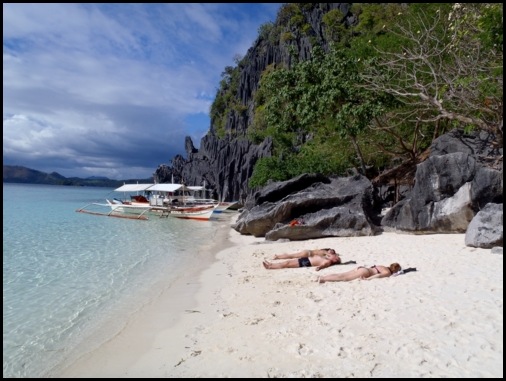 Banua Beach, Coron Island
Banua Beach, Coron Island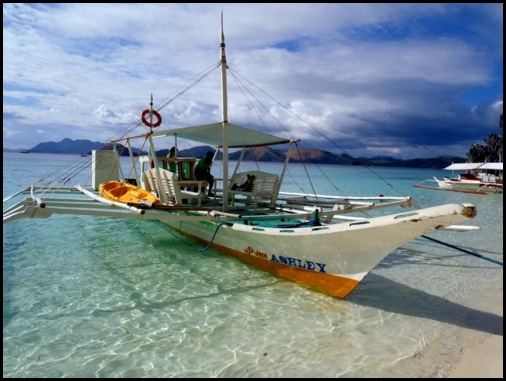 the Banca (boat) at Banua Beach
the Banca (boat) at Banua Beach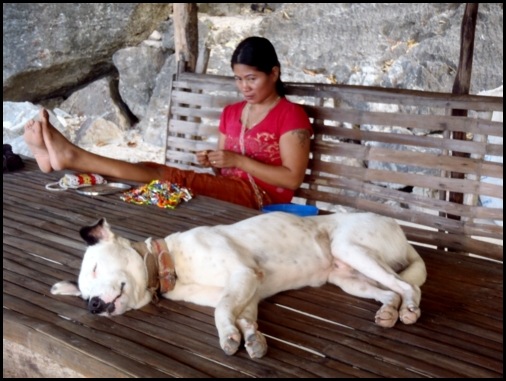 Locals and their dog, Atwayan Beach
Locals and their dog, Atwayan Beach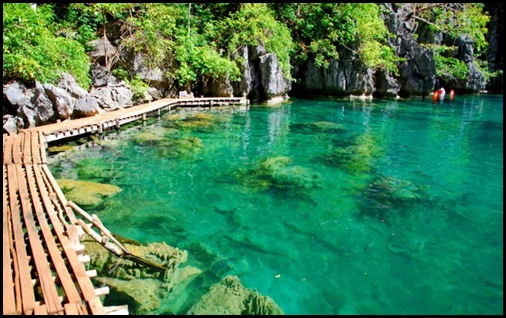 Kayangan Lake on Coron Island
Kayangan Lake on Coron Island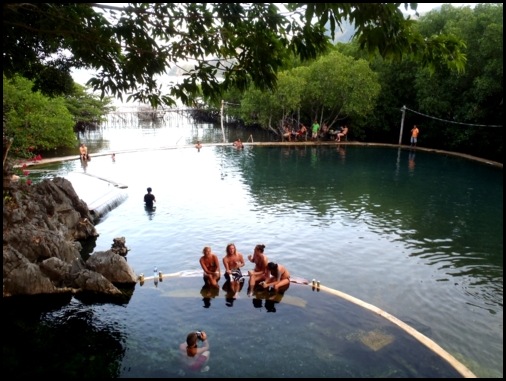 Maquinit Hot Springs
Maquinit Hot SpringsMaquinit Hot Springs
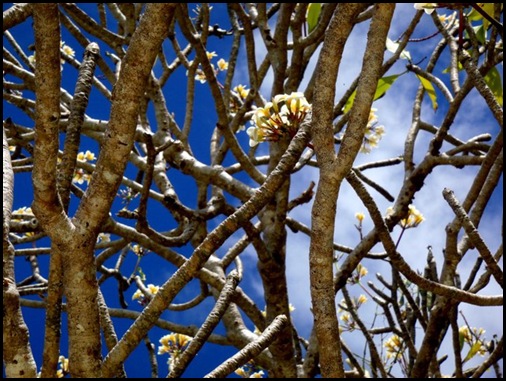 “Kalachuchi”, Flowering Plumeria, Atwayan Beach, Coron
“Kalachuchi”, Flowering Plumeria, Atwayan Beach, Coron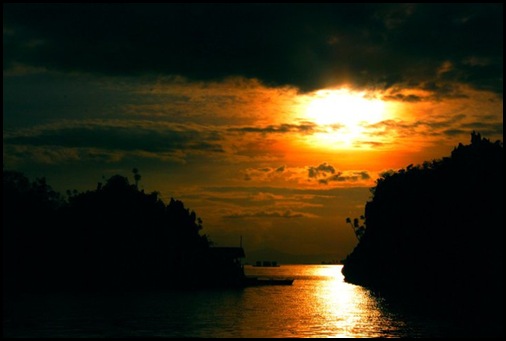 Seven Islands,the perfect spot to see the Sunset over Coron Bay
Seven Islands,the perfect spot to see the Sunset over Coron Bay
The indigenous management of the Coron area seems to me to only add to the natural wonders in the bay and on the islands. Whilst still in an over all developing area, there is enough infrastructure to adequately support the community based eco tourism that is currently evolving in Coron. I don’t know how long this place will stay relatively undiscovered……paradise is waiting for you.

So you want to go to Coron?
- There is an Airport on Busuanga, approx one hour drive from Coron Town
- Cebu Pacific and other airlines operate a regular schedule from Manila
- -or- You can take a local boat from Mindoro to Coron Town
- -or- You can fly to Puerto Princessa in Palawan from Manila or elsewhere, then go overland to El Nido and take local boat from there to Coron Town
- From Coron Town simply go to the waterfront and negotiate rates to vosot the sites of Coron Island and surrounds
- Recommend Calamianes Xpeditions for pre-arrangements and tours
- There are numerous hotels, guest houses and resorts
- DO NOT STAY at Coron Gateway Hotel, it’s over priced, poorly run and all round bad news. AVOID LIKE THE PLAGUE
Technorati Tags: philippines,pinoy,filipino,palawan,coron. busuanga,kamayan,maquinit,travel,adventure,expedition,geography,food,culture,tagbanua,tagbanwa,globalcitizen,calamianes expeditions ecotours,betel nut,banca,beach,reef,hot springs,birds nest
Flickr Tags: philippines,pinoy,filipino,palawan,coron. busuanga,kamayan,maquinit,travel,adventure,expedition,geography,food,culture,tagbanua,tagbanwa,globalcitizen,calamianes expeditions ecotours,betel nut,banca,beach,reef,hot springs,birds nest
del.icio.us Tags: philippines,pinoy,filipino,palawan,coron. busuanga,kamayan,maquinit,travel,adventure,expedition,geography,food,culture,tagbanua,tagbanwa,globalcitizen,calamianes expeditions ecotours,betel nut,banca,beach,reef,hot springs,birds nest
 Philippines map showing Palawan Province (from Wikipedia)
Philippines map showing Palawan Province (from Wikipedia)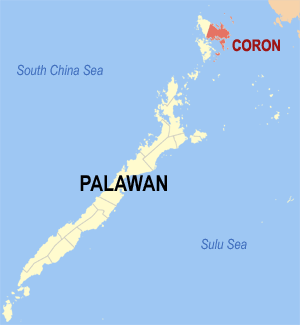
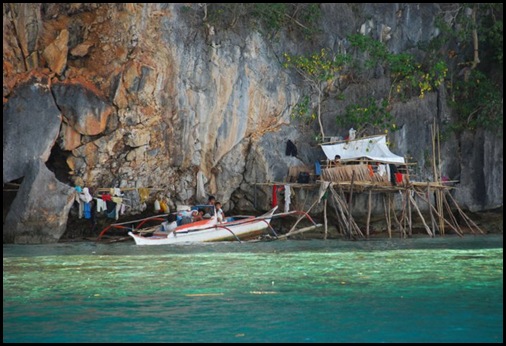
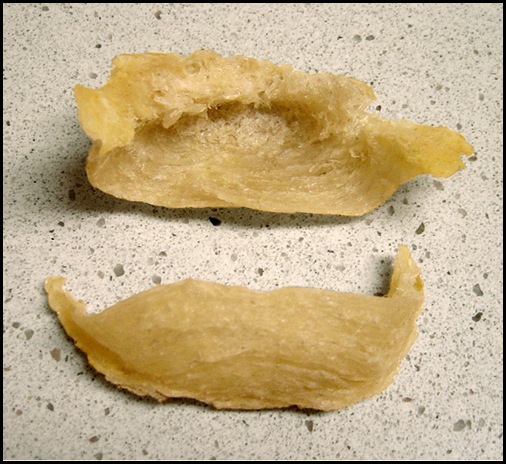

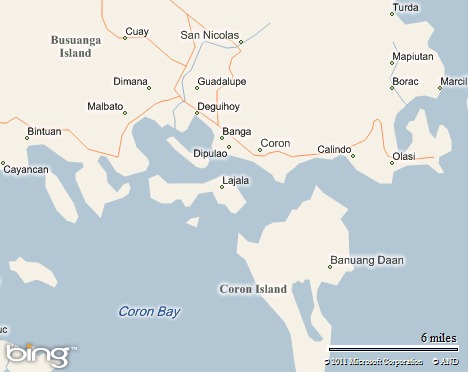

 Ho Chi Minh presides over his name sake aka Saigon
Ho Chi Minh presides over his name sake aka Saigon a Cyclo driver lazily touts for business at the central market, Ho Chi Minh City
a Cyclo driver lazily touts for business at the central market, Ho Chi Minh City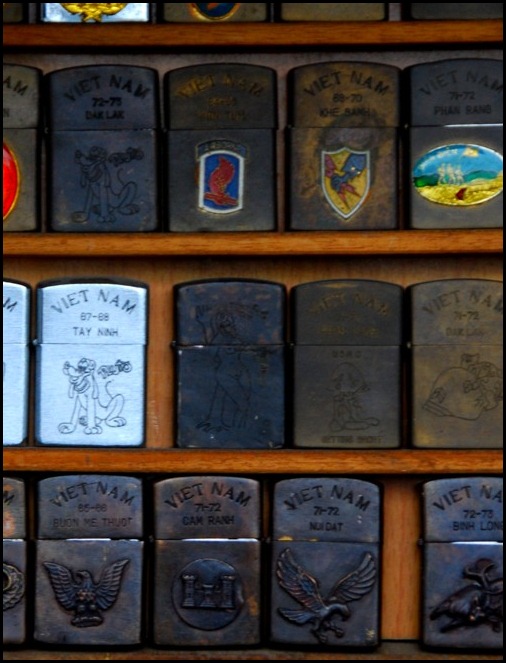 Zippos lighters, complete with American War type engravings all made to look like they were just found lying in the jungle
Zippos lighters, complete with American War type engravings all made to look like they were just found lying in the jungle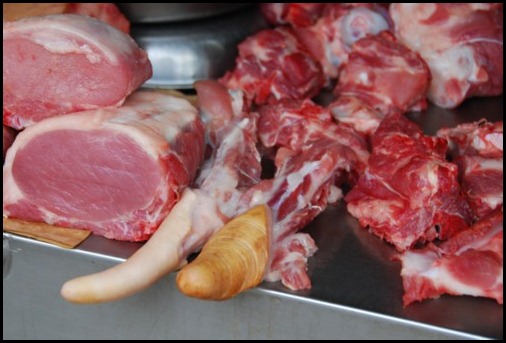 Make sure you check out the butchers in the main market, mmmm meat
Make sure you check out the butchers in the main market, mmmm meat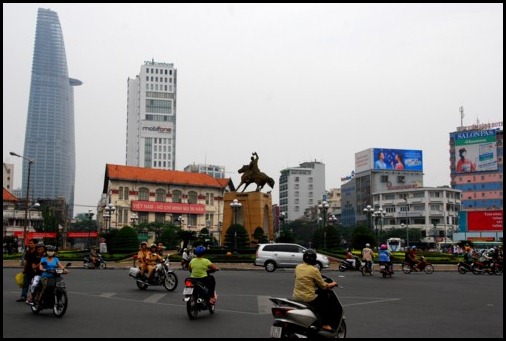
 Typical example of the tiny chairs on the sidewalk cafes and bars in Vietnam
Typical example of the tiny chairs on the sidewalk cafes and bars in Vietnam Guess which chair is mine?
Guess which chair is mine?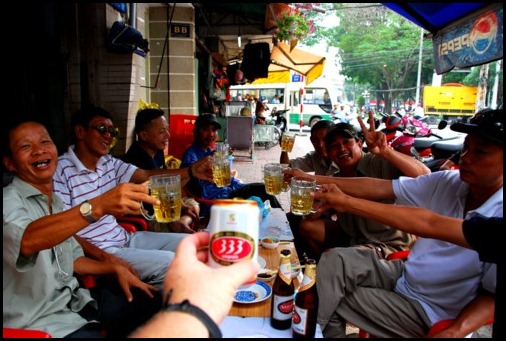 Sunday is beer day for the hawkers on the streets of Saigon
Sunday is beer day for the hawkers on the streets of Saigon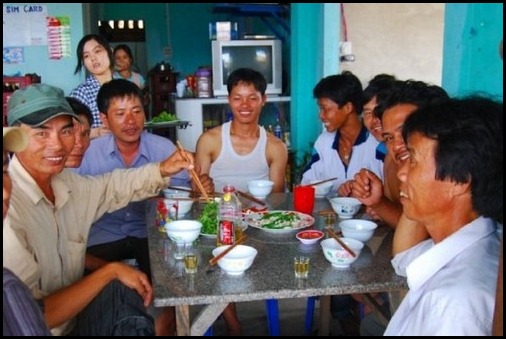 Two years earlier in Da Nang I had a similar experience with truck drivers drinking whiskey
Two years earlier in Da Nang I had a similar experience with truck drivers drinking whiskey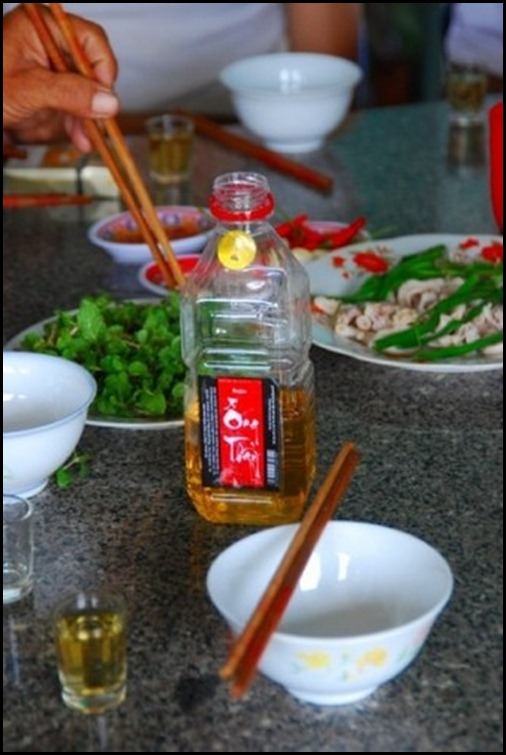 That day in Da Nang, all kinds of delicious yet unidentifiable food was produced
That day in Da Nang, all kinds of delicious yet unidentifiable food was produced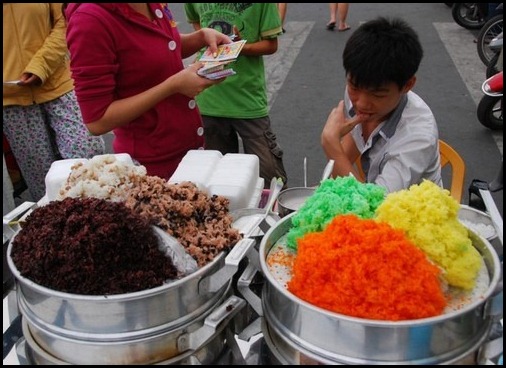 Food is abundant on the streets of Saigon, if not also mostly unidentifiable to mere “Westerners”.
Food is abundant on the streets of Saigon, if not also mostly unidentifiable to mere “Westerners”. Cheese and beer, Saigon style
Cheese and beer, Saigon style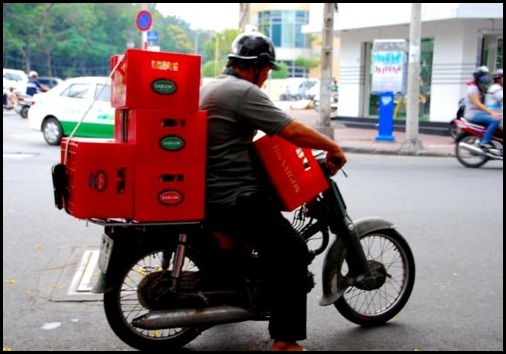 the Local Brewery rep dropped by to top up supplies
the Local Brewery rep dropped by to top up supplies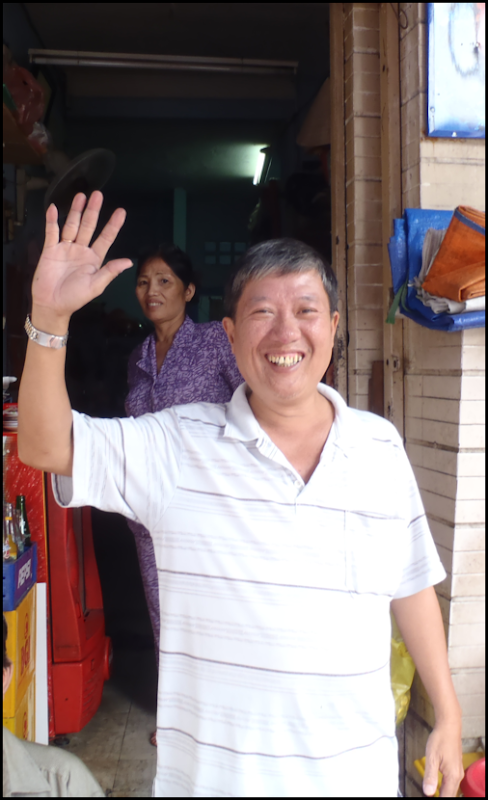 the smiling bar keep
the smiling bar keep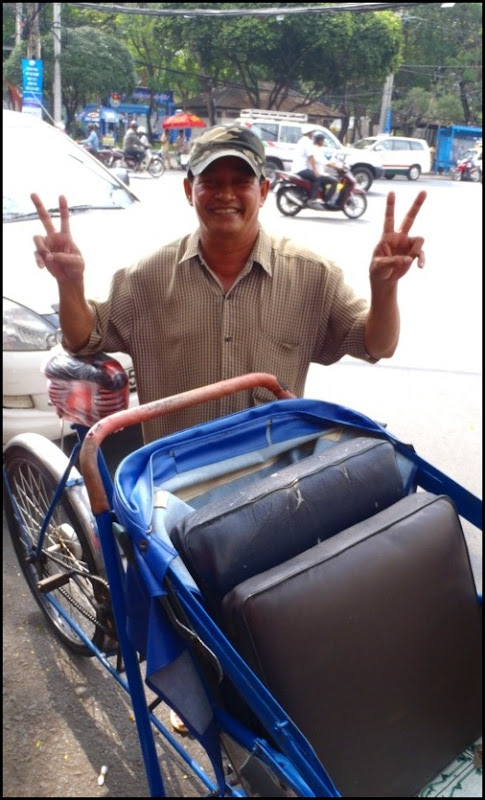 In a city of millions I find myself next to my drinking comrade, Thanh
In a city of millions I find myself next to my drinking comrade, Thanh Traffic on the city’s streets often borders on insane
Traffic on the city’s streets often borders on insane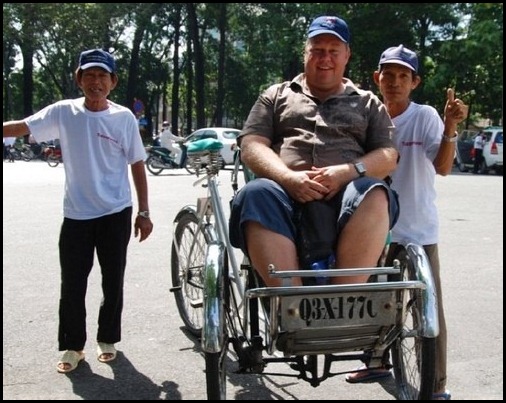 Two years earlier, a shot showing the disproportion when I take a cyclo
Two years earlier, a shot showing the disproportion when I take a cyclo Early morning beer with Thanh during Round 2
Early morning beer with Thanh during Round 2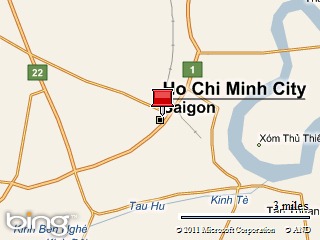

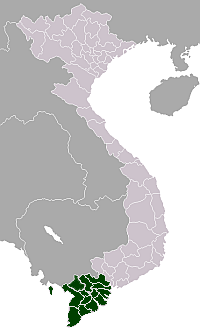
![that Mekong Feeling [Dec 2010] that Mekong Feeling [Dec 2010]](http://lh5.ggpht.com/_IpjkOBvTLdA/TTUtvhGZTOI/AAAAAAAAAy0/vsdvFYtwlss/qdsc_07285%5B1%5D.jpg?imgmax=800) That Mekong Feeling
That Mekong Feeling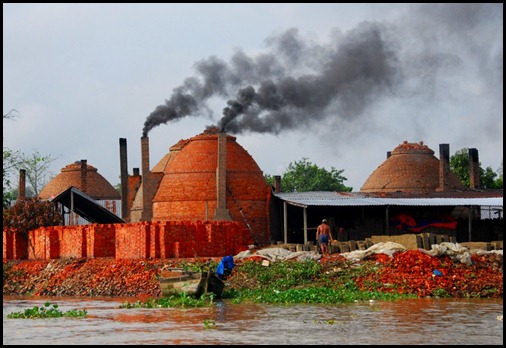
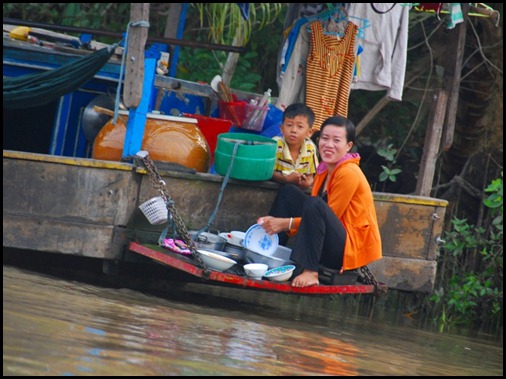
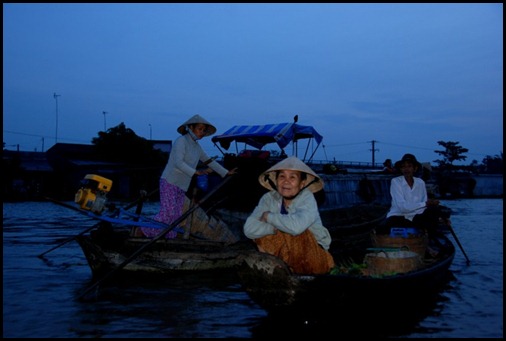
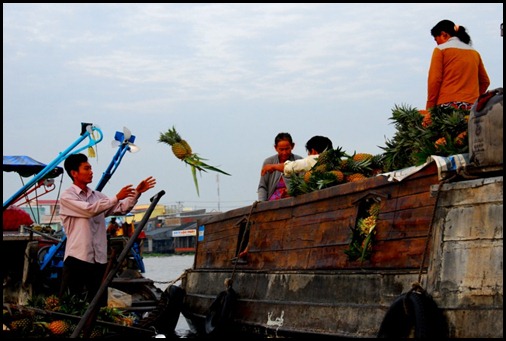
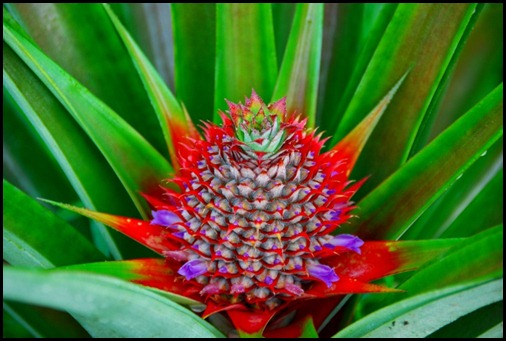
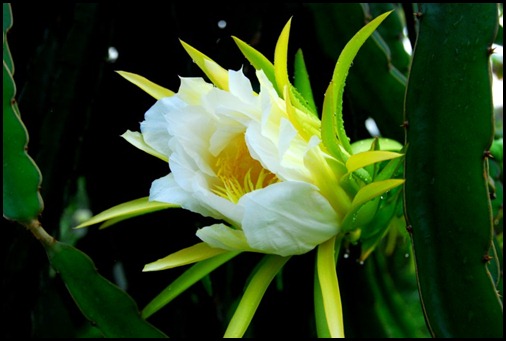



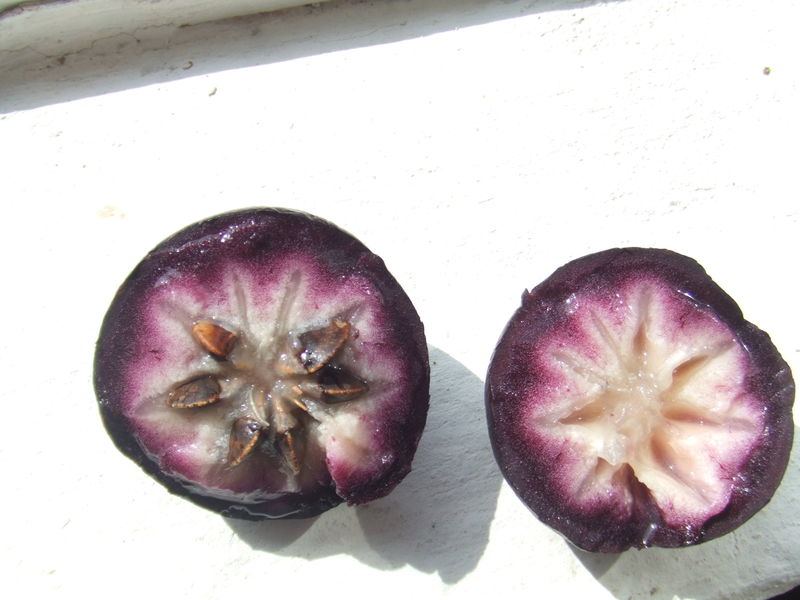 a picture of the more common purple Star Apple, cut the “right” way to see the star pattern, courtesy of
a picture of the more common purple Star Apple, cut the “right” way to see the star pattern, courtesy of 